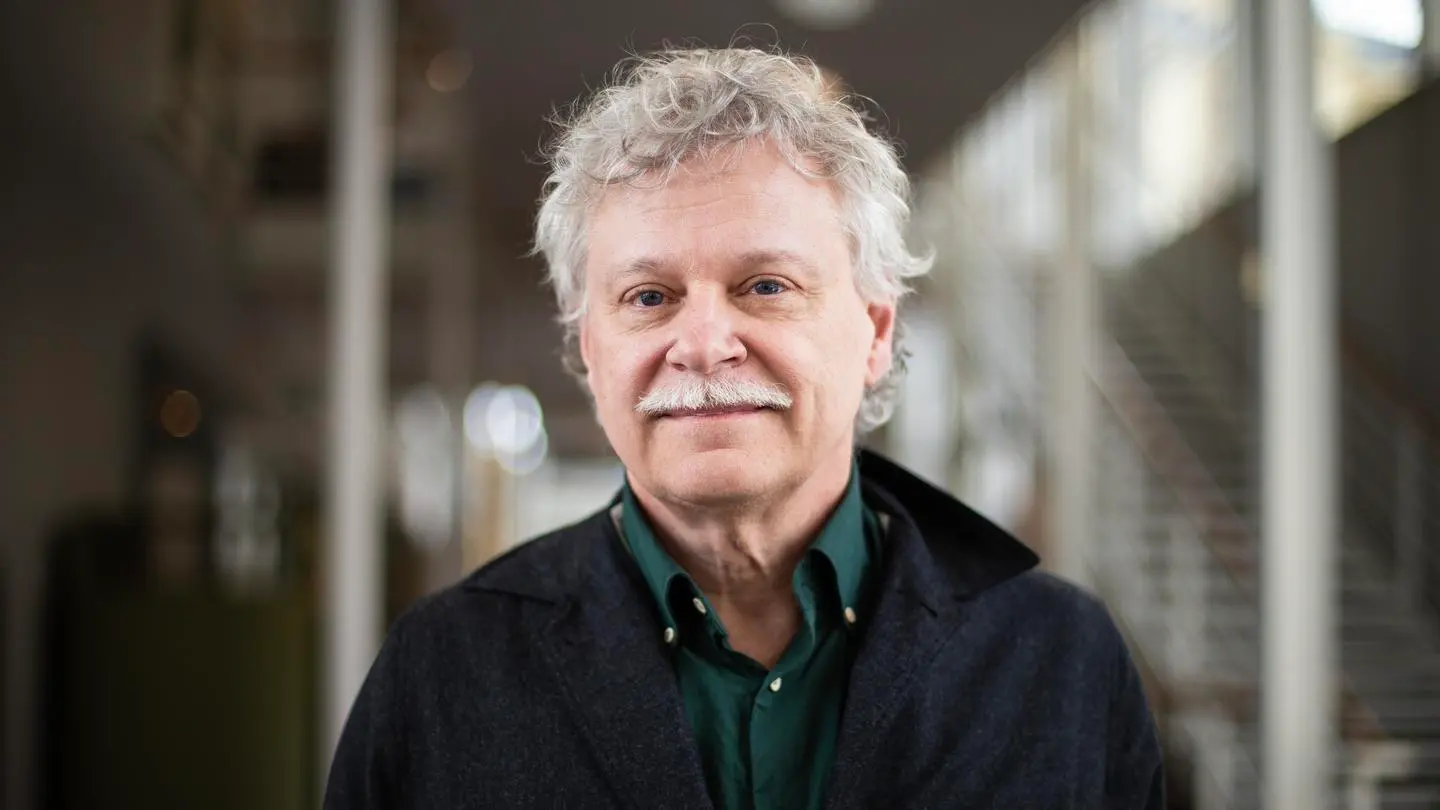Award-winning architect and researcher new visiting professor at the University of Gävle
How can the shape of a city support or limit people's everyday lives? This is the question posed by Lars Marcus, architect, professor of urban planning and new visiting professor and head of the Urban Studio research programme at the University of Gävle.

Lars Marcus. Photo: Anna Sällberg
– I don't really have the traditional architectural approach with a great interest in designing buildings, but I have always had a great interest in how society takes shape in the built environment, how life leaves an imprint in the physical materials. This has also been my interest in research, how physical built form is both an imprint of people's lives and how it in turn shapes life, he says.
Lars Marcus is an architect, educated at the Royal Institute of Technology (KTH) with a degree in 1989. He then took a postgraduate programme and, after receiving his PhD in 2000, he has been employed at Chalmers University of Technology in Gothenburg, where he has researched how the built city affects the lives of people in society.
Awarded for his book
Lars Marcus recently received the Critics' Prize awarded by the Swedish Association of Architects. He was honoured for his book Städernas stenar.
– The book is very much about the fact that if we can understand the connections between built form and people's everyday lives, architecture and urban planning can become an important political tool, for example in relation to today's major challenges and the need to transform society, he says.
Will work with Urban Studio
He is now employed part-time at the University of Gävle to contribute his urban planning expertise to the Urban Studio research programme, which focuses on sustainable urban development.
– More specifically, I will contribute to summarising the area we call 'social-ecological urbanism', partly in a book manuscript and partly in a research programme, and the focus will be on running a series of mini-symposia on the subject.
Text: Anna Sällberg
This page was last updated 2024-05-03
